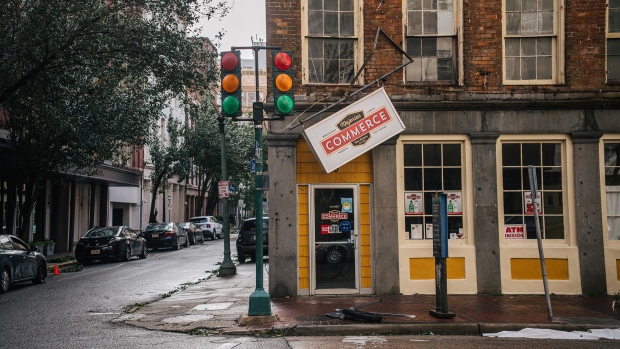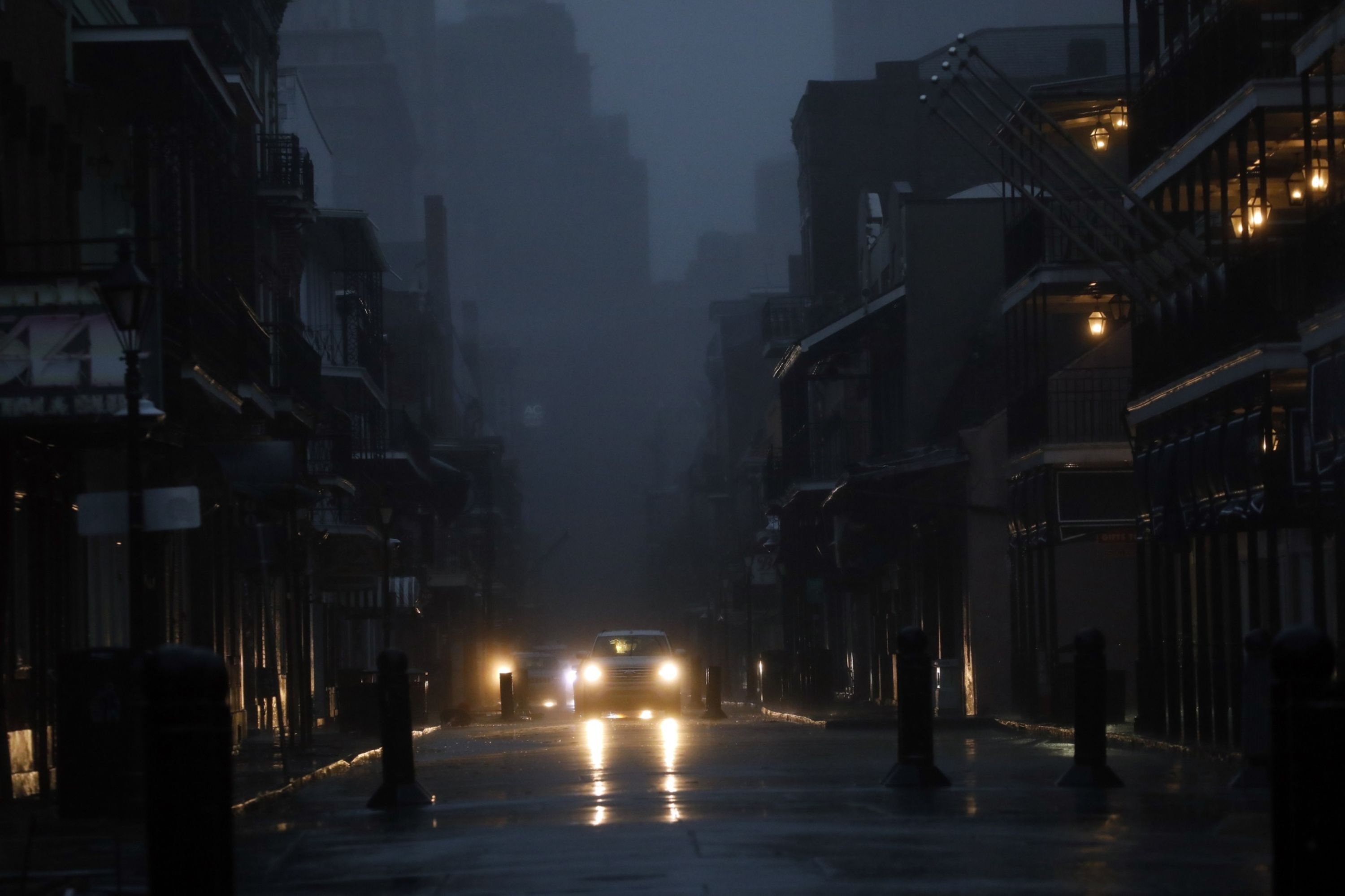Aug 30, 2021
New Orleans faces days without power as repair work begins
, Bloomberg News

More than a million customers in New Orleans and beyond face days or even weeks without electricity during the summer heat after Hurricane Ida devastated the power infrastructure.
More than 25,000 workers from at least 32 states are mobilized to assist with power restoration efforts and officials have warned it could take weeks before normal service resumes in some areas. The widespread outages mean spoiled food in the fridge, no air conditioning and limited ability to recharge devices. Gas stations without power won’t be able to pump.
By Tuesday, almost 1.1 million customers in Louisiana and Mississippi lacked power according to PowerOutage.us. As difficult as the days ahead will be, many local officials expressed relief that the situation wasn’t worse. New Orleans’ levees, flood gates and pumps held fast even as Ida dumped more than a foot of rain on the region, passing their biggest test since a US$14.5 billion restoration after Hurricane Katrina devastated the city.
While there were reports of scattered deaths tied to Ida, the city escaped the kind of flooding from the 2005 storm that destroyed entire neighborhoods, left parts uninhabitable for months and claimed 1,800 lives.
“We did not have another Katrina, and that’s something we should all be thankful for,” Mayor LaToya Cantrell said Monday at a press conference.
Even as the area’s flood-prevention infrastructure absorbed Ida’s blow, the power grid collapsed. The storm’s ferocious winds, measuring 150 miles (240 kilometers) an hour at landfall, took out all eight transmissions lines that deliver power to New Orleans, snapped utility poles in half and crumpled at least one steel transmission tower into a twisted metal heap, blacking out the entire city. Utility executives say it’s impossible to tell how long it will take to fix.
A building damaged after Hurricane Ida passed through is seen in downtown on August 30, 2021 in New Orleans, Louisiana.
While the levees’ resilience is no doubt due to the rebuilding effort that followed Katrina, the starkly different outcomes also stem from the storms’ different characteristics. Katrina slammed the coast with a 30-foot storm surge of ocean water, while preliminary estimates from Ida put its surge far lower. Ida’s winds, however, were stronger than Katrina’s, and that’s what ultimately took out so many power lines.
“Katrina was a water event -- this was the opposite,” said Rod West, group president of utility operations for Entergy Corp.
While it’s likely some customers will have power restored this week, the company needs to do a full assessment of the damage before knowing when the system would fully be restored and how much it would cost, West said. About 115,000 homes and businesses across Louisiana and Mississippi had power restored Monday, according to PowerOutage.us.
Michael Webber, an energy and engineering professor at the University of Texas at Austin, estimated power restoration will take days and possibly weeks based on the initial damage reports.

Bloomberg News
“The question is, how long will it take to rebuild these lines,” Webber said.
The loss of electricity will have other affects as well. Sewer substations, for example, need power to keep wastewater moving, said Ghassan Korban, executive director of the New Orleans Sewerage & Water Board. The storm knocked out power to about 80 of the city’s 84 pumping stations, he said at a Monday press conference. “Without electricity, wastewater backs up and can cause overflows,” he said, adding that residents should conserve water to lessen stress on the system.
About half of the city’s population of 390,000 is believed to have evacuated in advance of the storm. Cantrell on Monday urged them not to return until the city was safe and electricity was restored.
“While the power’s down and we are dependent on generators, I’m calling on all our people and businesses in the city to be good neighbors,” she said. “Share the power you have, open your business so people can recharge their devices.”




